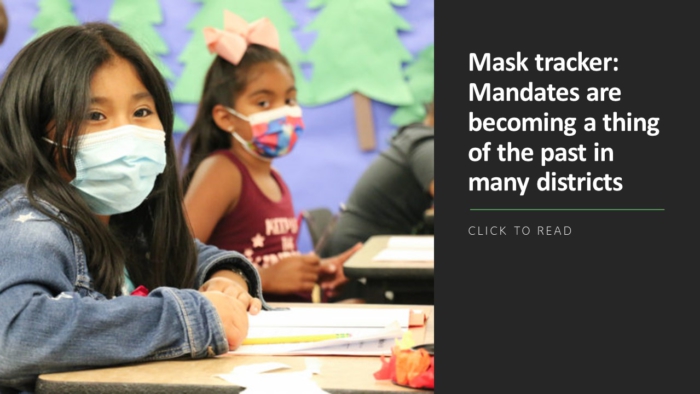More than $120 billion has been allocated to schools from the American Rescue Plan. But the vast majority of individuals charged with ensuring student success at diverse K-12s and in under-resourced programs—Title I educators—say they haven’t had a voice in how it should be spent.
According to a new study done by non-profit First Book Research & Insights, only 17% of classroom leaders who likely should have a say haven’t been asked how they would allocate some of that funding. If it were up to them, books and learning materials, mental health support and a boost to support staff would be top priorities.
Their responses are chronicled in a 31-page report from First Book called “The Voice of America’s Educators: Teaching Children Living in Poverty.” In it, there are additional insights beyond those three categories that could help them better deliver for their students while raising the bar for their schools.
“Educators have faced incalculable obstacles throughout the COVID-19 pandemic and have adapted to these obstacles with grace and an unrelenting commitment to our children,” says Kyle Zimmer, President, CEO and co-founder of First Book. “Our classroom leaders are the backbone of the American education system, and their priorities reflect the changing needs of the students they serve. As school districts and communities evaluate how they will use the influx of ARP funding, this valuable input should be at the heart of spending decisions.”
One of the most pressing needs are books and learning materials, as stated by 99% of the more than 2,000 educators polled nationwide. Nearly 60% of educators spent more $1,000 of their own money to keep their classrooms revving, with 91% saying that they used cash for books. That outpaced even classroom supplies (73%) and games/activities (61%). Recovering from the pandemic with funds in hand, schools should consider books for students first, according to 86% of Title I educators—whether they are reading for pleasure, engaging struggling students, teaching about diversity and inclusion or boosting social-emotional skills.
“Our students want to read, but they don’t have access to high-interest, good-quality reading materials,” an educator quoted in the report said. “The items that we do have, that fit this category, end up never being returned or are falling apart from so much use. Our school is living in a book desert; we need to be offering students a book ocean of materials.”
Beyond the traditional, educators would like to see their schools keep pace with technology through education apps, internet access, online learning tools and iPads.
Mental health resources checked in at No. 2. More than 85% of educators say they are moderately, slightly or not prepared at all to assist children who have experienced losses over the pandemic-devastated year. What would help they say are books and conversation guides to help address their trauma (68%), trained staff and community partners (63%) and evidence-based toolkits and training (57%).
One educator said simply that academic needs must follow the mental health needs of students returning to school.
Aside from additional support staff noted by nearly 60% of respondents, some of the other needs they mentioned were: educator mental health resources (52%), remote learning support (43%), anti-bias/anti-racist teaching resources (30%), health safety products (27%) and professional development (25%).









